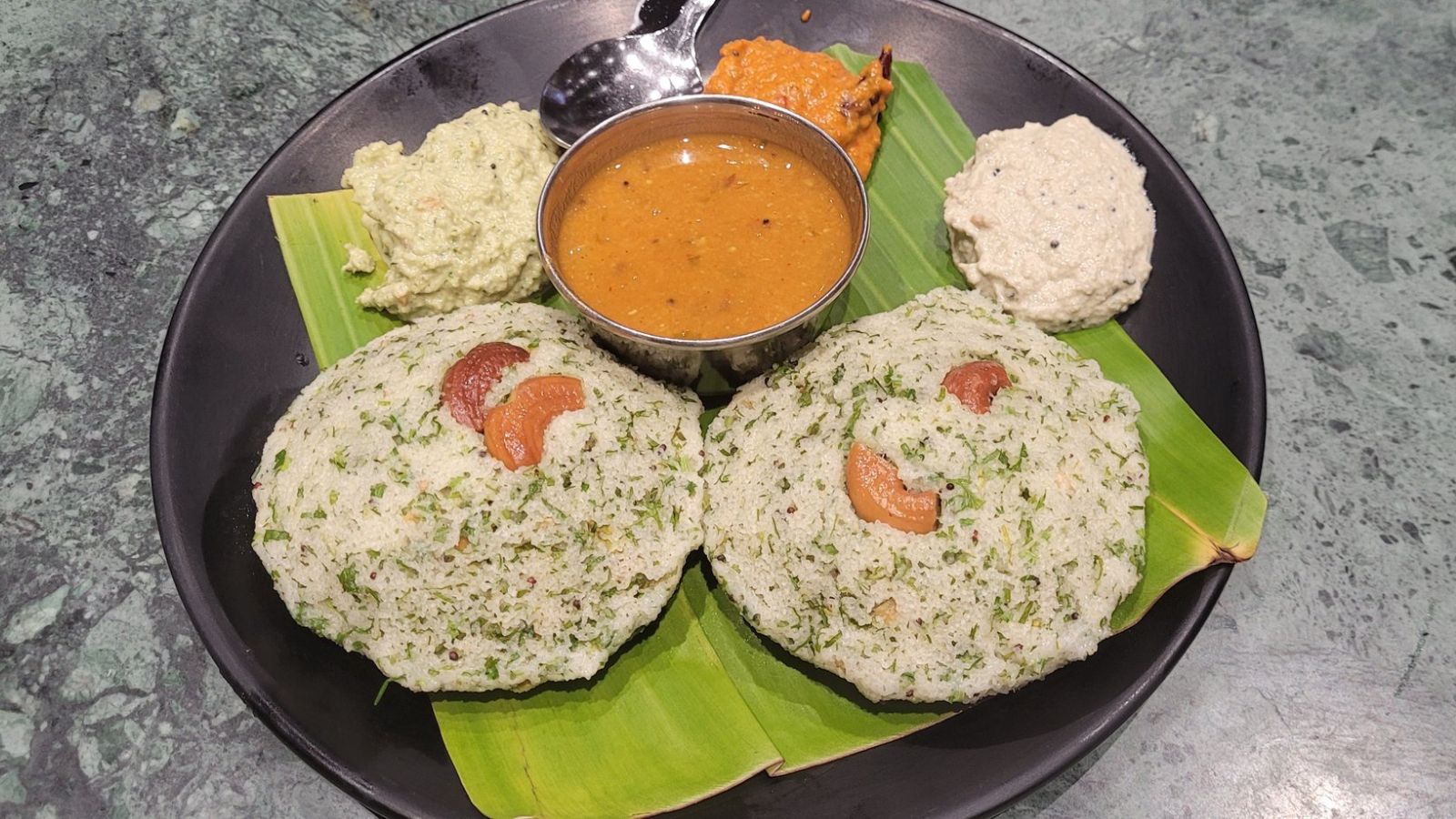Rava Idli, a popular item in Karnataka cuisine, was born out of hardship and inventive spirit during World War II. In the early 1940s, the war triggered a major rice shortage across South India. Japan’s invasion of Burma, then the region’s main rice supplier, halted imports and brought traditional supplies to a standstill. This crisis threatened time-honored recipes such as idli.
At Bangalore’s renowned Mavalli Tiffin Rooms (MTR), removing idli from the menu was unthinkable for founder Yagnanarayana Maiya and his team. Faced with scarcity, they turned to innovation. Maiya experimented with rava (semolina), blending it with yogurt, mustard seeds, curry leaves, and sometimes cashew nuts to recreate the idli’s light, fluffy texture. Unlike the traditional version, which requires lentils and fermentation, this new batter could be prepared and steamed on demand, making it quick and practical.
The result was Rava Idli: soft and subtly nutty, traditionally served with ghee, coconut chutney, and sometimes sambar/sagu. What began as a wartime improvisation soon became a menu favorite, admired for both its taste and origin story.
Rava Idli quickly spread beyond Bangalore, inspiring ready-to-make mixes that brought its legacy to homes across India. Its invention showcased MTR’s ability to adapt and thrive even in challenging times.



